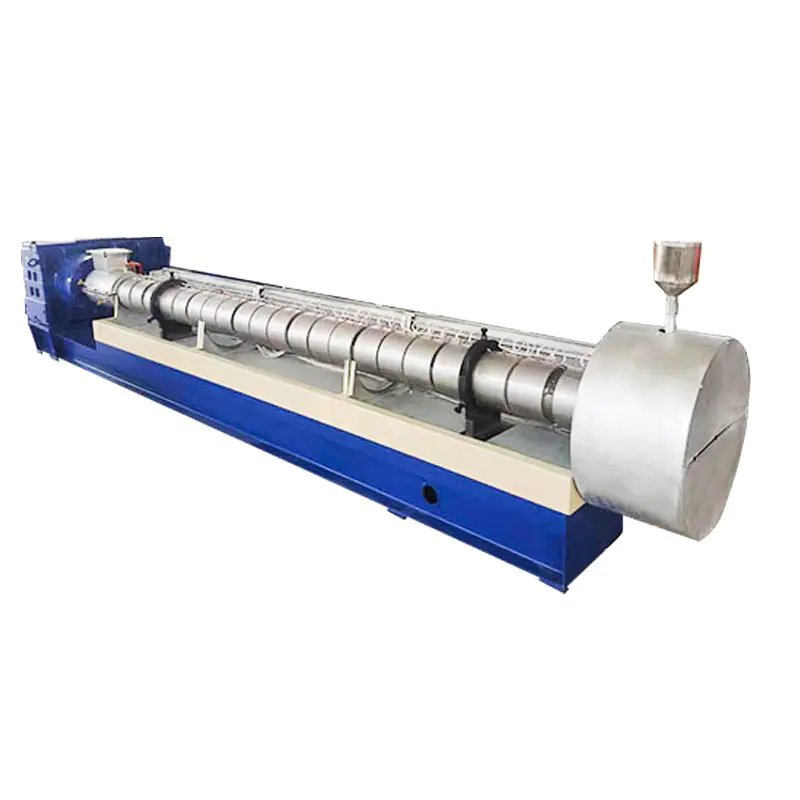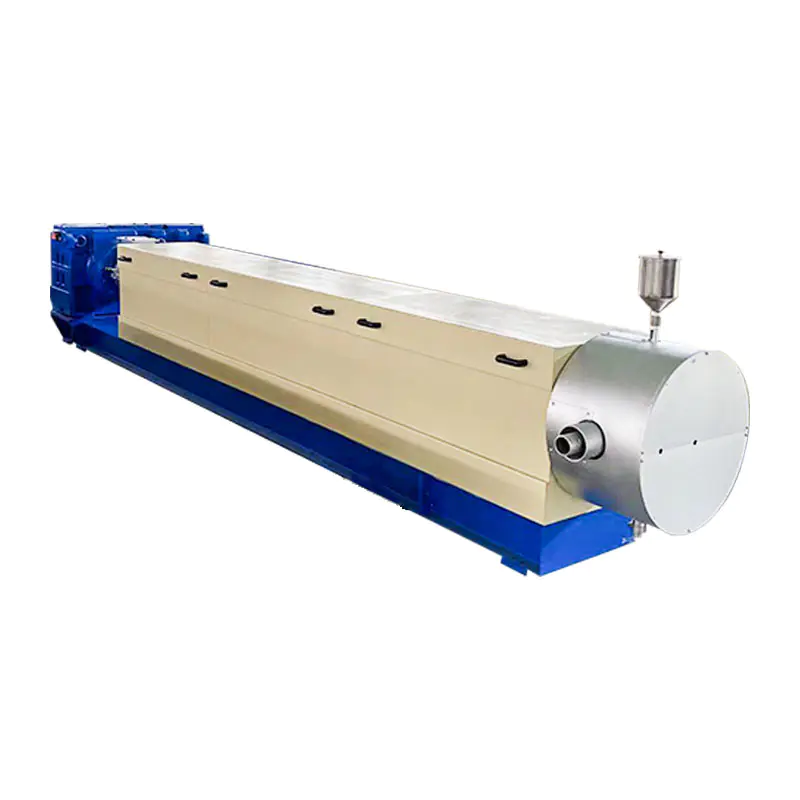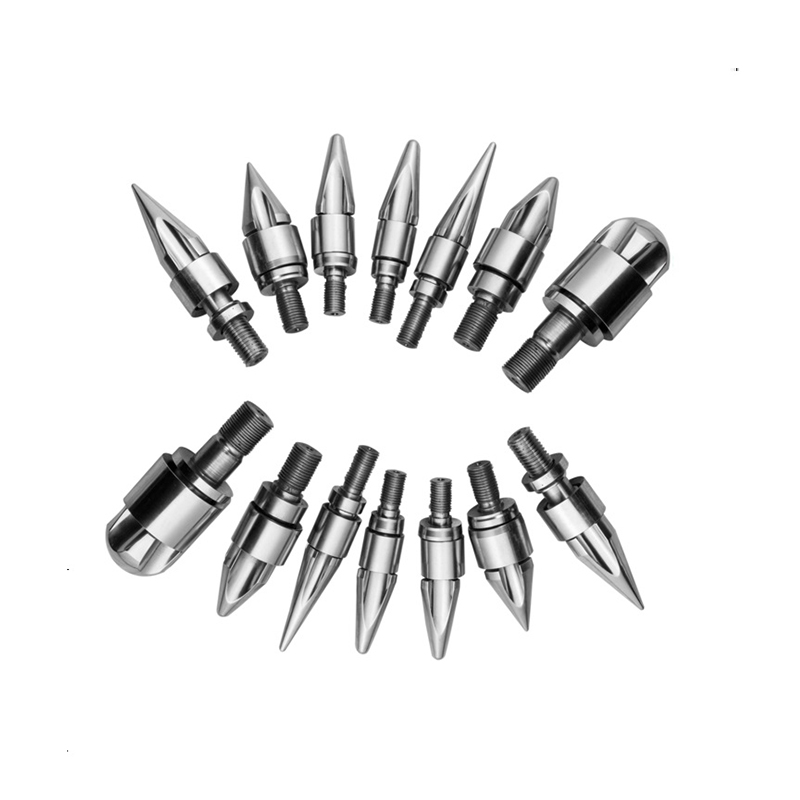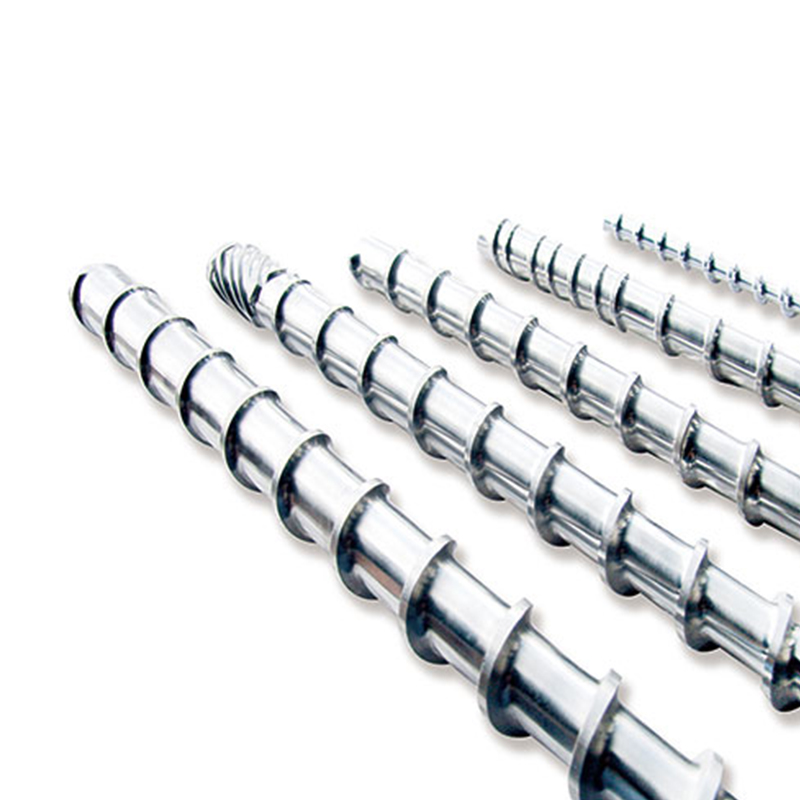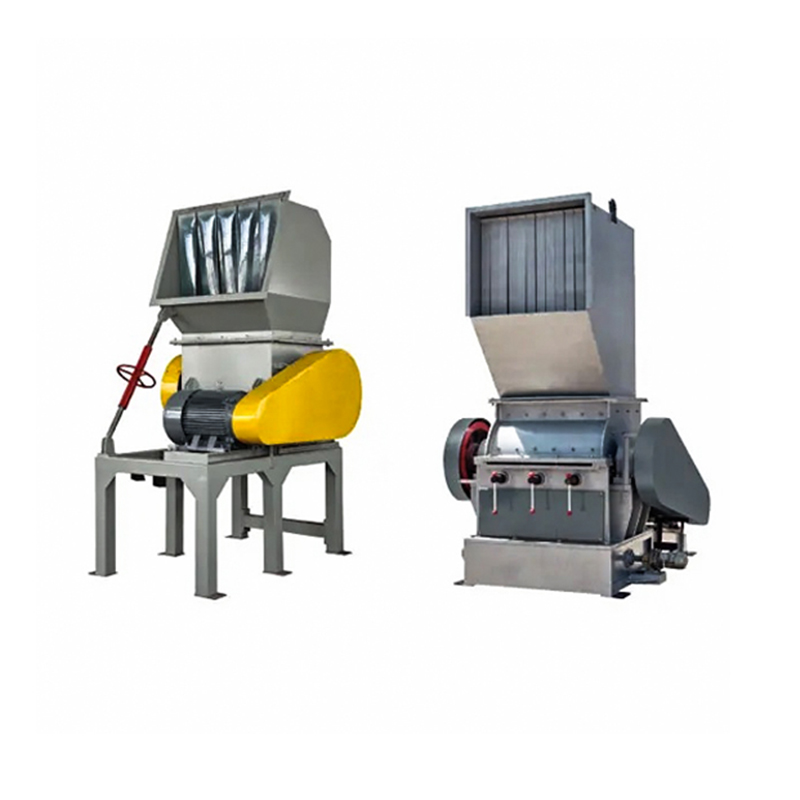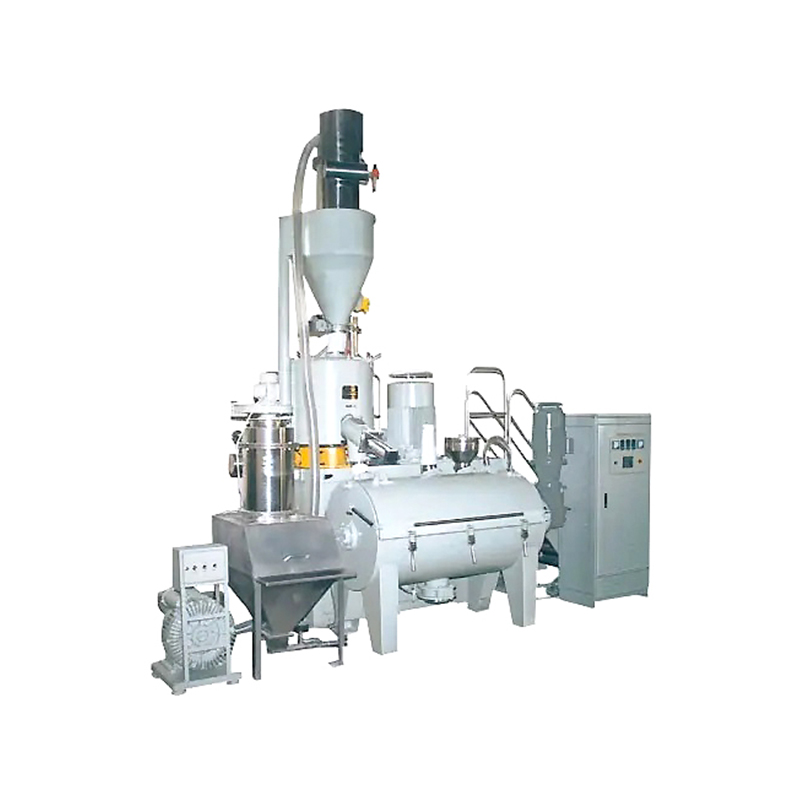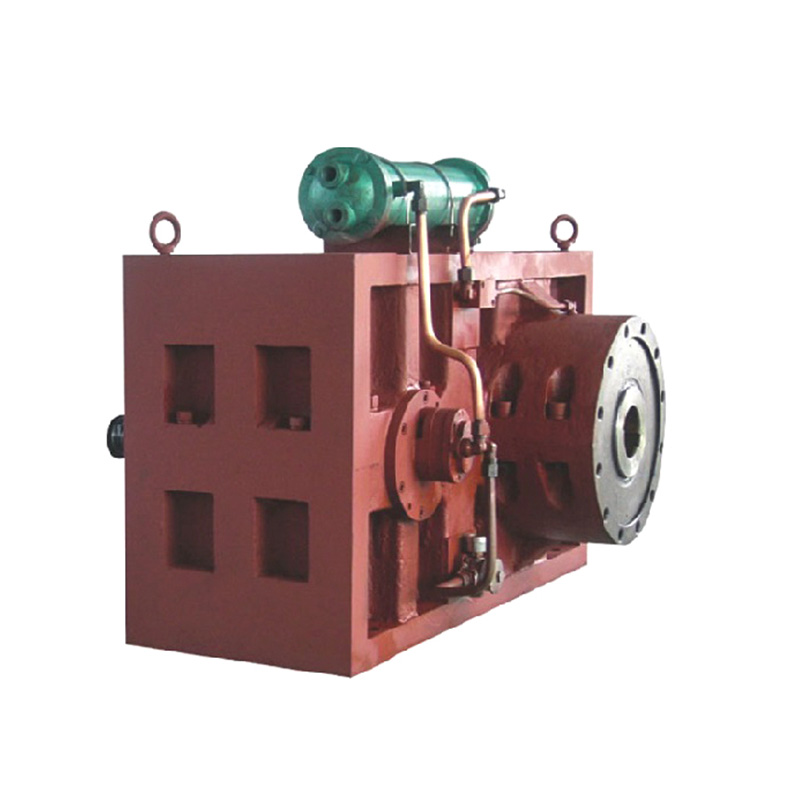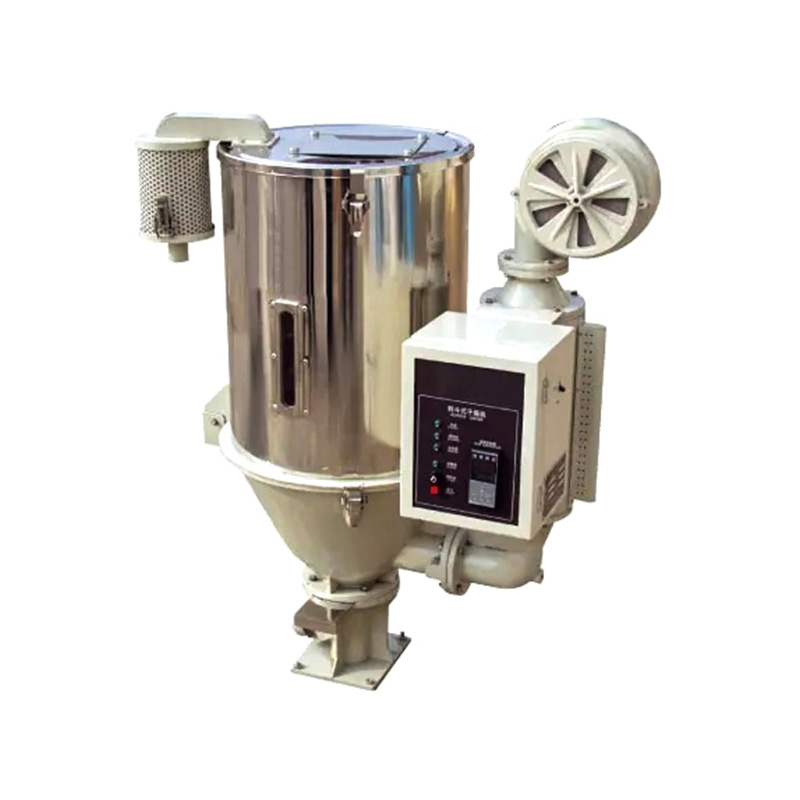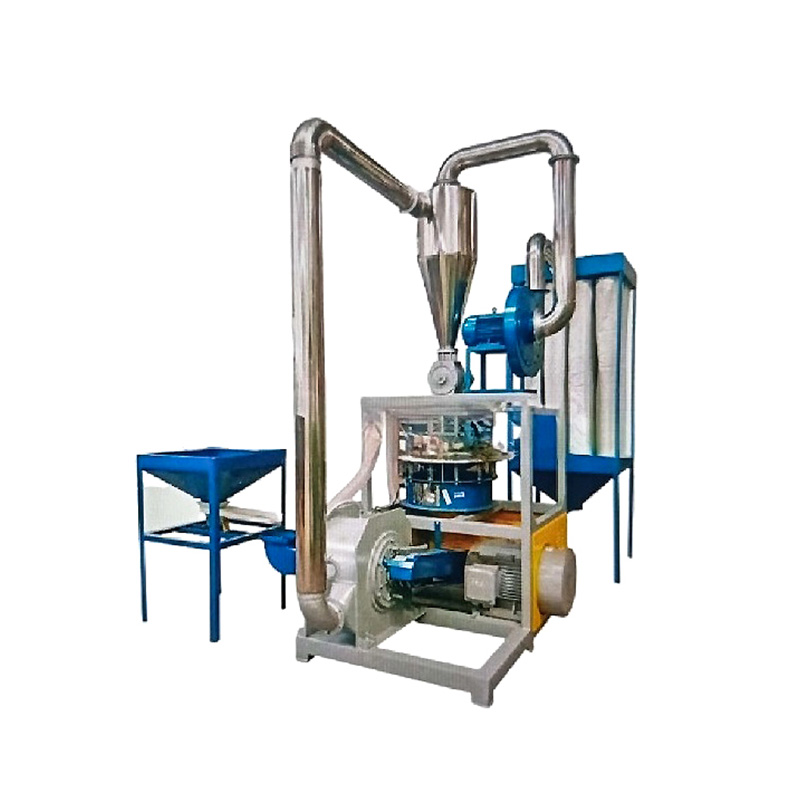In the realm of plastic extrusion and injection molding, screw barrels are the heart of the process, dictating material flow, melting efficiency, and product quality. Among the most debated designs are conical screw barrels and parallel screw barrels. While both serve the same fundamental purpose—transporting, compressing, and melting raw materials—their structural and functional distinctions significantly impact performance.
1. Geometry and Compression Dynamics
The most obvious distinction lies in their physical design.
Conical Screw Barrels:
Characterized by a tapered screw design, conical barrels narrow gradually from the feed zone to the metering zone. This geometry creates a progressive compression profile, where material is subjected to increasing pressure as it moves forward. The gradual reduction in volume enhances melt homogenization, making conical systems ideal for processing heat-sensitive materials (e.g., PVC) or those requiring gentle shear (e.g., recycled plastics).
Parallel Screw Barrels:
These feature a consistent screw diameter throughout the barrel. Compression is achieved through changes in screw flight depth or pitch. The abrupt compression zones generate higher shear rates, which suit materials needing intense mixing, such as engineering plastics (e.g., nylon, ABS) or compounds with fillers (e.g., glass fiber-reinforced polymers).
Key Takeaway: Conical designs prioritize controlled compression for delicate materials; parallel barrels excel in high-shear applications.
2. Energy Efficiency and Throughput
Energy consumption and output rates are critical for cost-effective production.
Conical Systems:
The tapered design reduces friction between the screw and barrel, lowering power consumption by up to 15–20% compared to parallel systems. However, their slower compression can limit throughput for high-volume production.
Parallel Systems:
Higher shear rates and faster material conveyance translate to greater output potential. Yet, the increased mechanical energy input raises operational costs, especially for energy-intensive processes.
Key Takeaway: Conical barrels save energy but may sacrifice speed; parallel barrels maximize throughput at higher energy costs.
3. Wear Resistance and Maintenance
Durability directly impacts lifecycle costs.
Conical Screw Barrels:
The tapered geometry distributes stress unevenly, with higher wear concentrated at the narrower end. While this can shorten component lifespan in abrasive applications, advanced surface treatments (e.g., nitriding, bimetallic liners) mitigate wear.
Parallel Screw Barrels:
Uniform diameter allows for even stress distribution, enhancing longevity in high-wear scenarios. Their modular design also simplifies repairs—individual screw sections can be replaced without dismantling the entire barrel.
Key Takeaway: Parallel systems offer better durability for abrasive materials; conical barrels require specialized coatings for harsh conditions.
4. Application-Specific Advantages
Choosing between conical and parallel depends on material properties and end-use requirements.
Conical Barrel Applications:
PVC Processing: Gentle compression prevents thermal degradation.
Recycled Plastics: Minimizes shear-induced polymer chain breakdown.
Foam Extrusion: Controlled pressure avoids cell structure collapse.
Parallel Barrel Applications:
Engineering Plastics: High shear ensures uniform dispersion of additives.
Compounding: Efficient mixing of fillers, pigments, or flame retardants.
High-Speed Production: Rapid material conveyance meets tight deadlines.
The choice between conical and parallel screw barrels hinges on a balance of material behavior, production priorities, and cost constraints. Conical systems shine in precision-driven, energy-sensitive processes, while parallel barrels dominate high-output, high-shear environments.



 عربى
عربى


